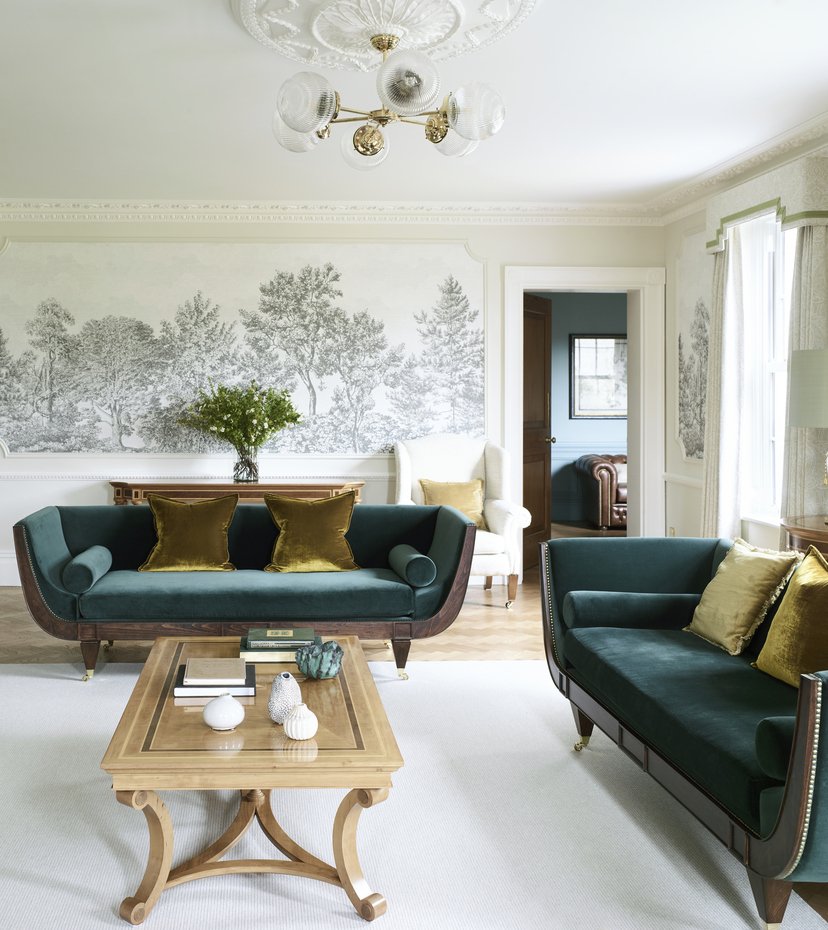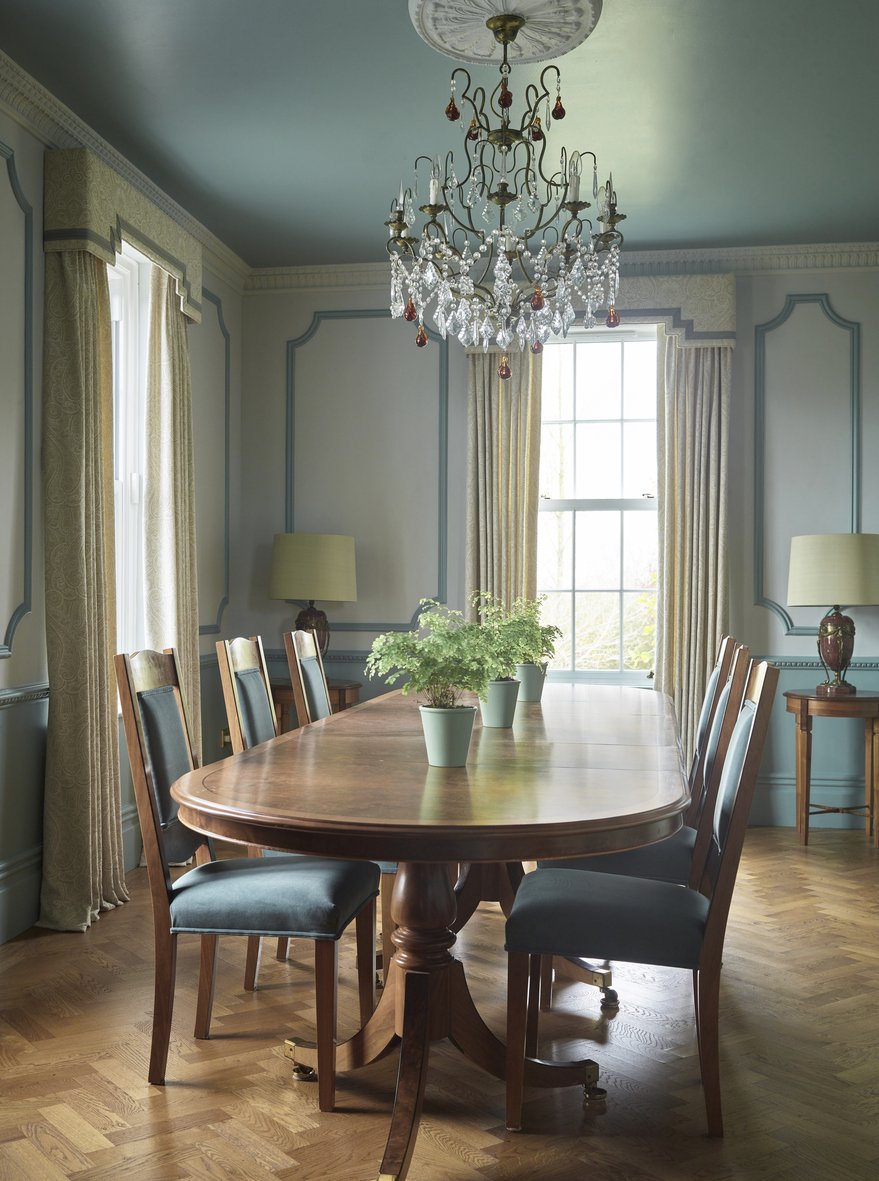5 Principles of Sustainable Interior Design
Why is sustainable interior design important?
All interior designers rely on the construction industry to realise their creative visions, and unfortunately, this is one of the most polluting industries in the world. However, there is a lot we can do as designers to mitigate the impact on the planet. Sustainable interior design firms will always do their best to specify materials, products and processes that are as environmentally conscious as possible, to help you achieve the home of your dreams without it costing the earth…
What are the principles of sustainable interior design?
As a sustainable interior design company, our core values are: reuse, refurbish and repurpose. We always look at what we can reuse before buying new, we try to refurbish existing fittings and furniture in order to give them a new lease of life, and we often repurpose materials in clever ways to avoid sending them to landfill. For example, at a recent refurbishment of a large Georgian country house in the North Downs, we reused or reupholstered every single piece of furniture the client owned, preserving many beautiful antique pieces that were part of her personal history. We also ensure that every project we work on satisfies the following five principles:
Energy efficiency
With gas and electricity prices soaring, energy efficiency is a hot topic at the moment for economic as well as environmental reasons! An expert sustainable interior design firm should be able to advise on how the infrastructure of your house could be made cleaner and greener. LED lighting is essential, using just a fraction of the energy of incandescent bulbs. Good insulation that minimises heat loss is a key element to consider, particularly in new extensions and loft conversions. And depending on the architecture of your home, you may be able to install alternative fuel sources like solar panels, ground source heat pumps or a biofuel stove.
Low environmental impact
When planning a renovation, a sustainable interior designer should be thinking about how to minimise the environmental impact every step of the way. Wherever possible, products and materials should be sourced and/or manufactured locally to reduce the carbon footprint associated with transporting them. Natural materials like timber, stone, linen and wool are obviously more sustainable choices than plastics, polyester and nylon, which are petroleum-based and take hundreds of years to biodegrade. Just make sure all your natural materials come from accredited sustainable sources – look out for certifications like the Forest Stewardship Council (FSC) or check if your supplier has B Corp status.
Waste reduction
The skip outside piled high with rubbish doesn’t have to be the hallmark of a home refurbishment! Many building materials, particularly those from older period houses, will be of good quality and worth reusing or repurposing in some way. You may also be able to sell items like flooring, stone worktops and doors to local reclamation yards who specialise in architectural salvage. As for furniture and fittings, if you don’t think it’s worth refurbishing you should ask around your local antiques dealers or junk shops – it’s likely that someone will take them off your hands. The general idea is to prevent as much as possible from ending up in landfill.
Longevity and flexibility
We believe that the best form of sustainability is a carefully considered scheme and the use of high-quality materials. An interior scheme that will still look great in twenty years’ time will ultimately have a much lower carbon footprint than one that quickly looks tired or dated and needs redoing after just five years. Don’t be too swayed by trends, and try to incorporate natural materials into your home – they have a timeless quality and often grow more beautiful with age and patina.
Healthy environments
For decades, many people decorated their homes with oil-based paints, vinyl wallpapers and fabrics sprayed with stain protection coatings. Fortunately, we are now waking up to the health hazards posed by all these toxic chemicals, and there is a wide range of alternatives available. Always choose water-based paints with low or no VOCs (volatile organic compounds), as these can off-gas into the air of your home for months. For wallcoverings and fabrics, natural materials like (sustainably produced) papers, bamboo, linen, wool and silk will help create a much healthier atmosphere for you and your family.
At Pia Design, each and every one of our projects has sustainability at its heart. So if you’re looking for a sustainable interior design company to help you create a clean, green and healthy home, why not get in touch?






